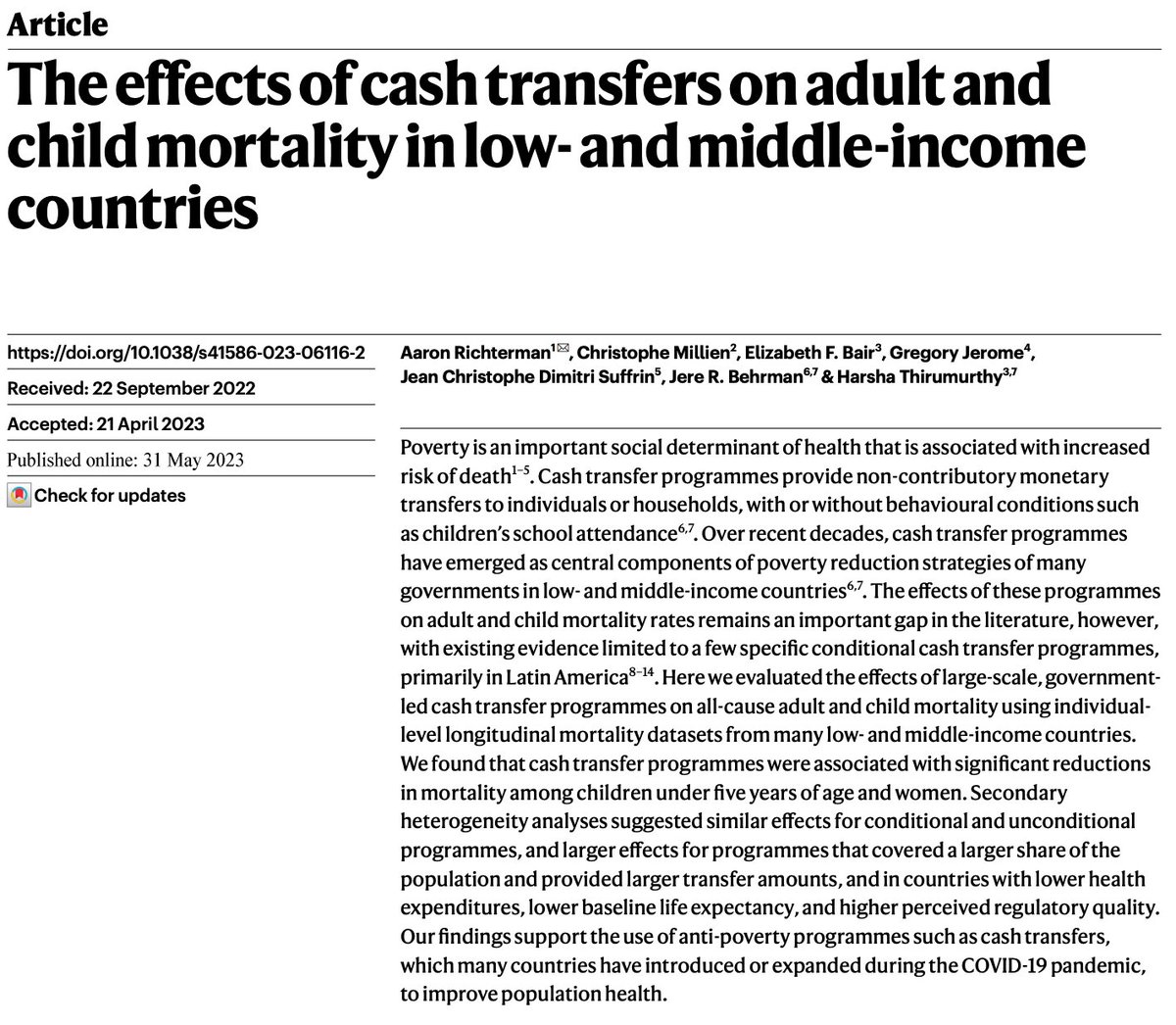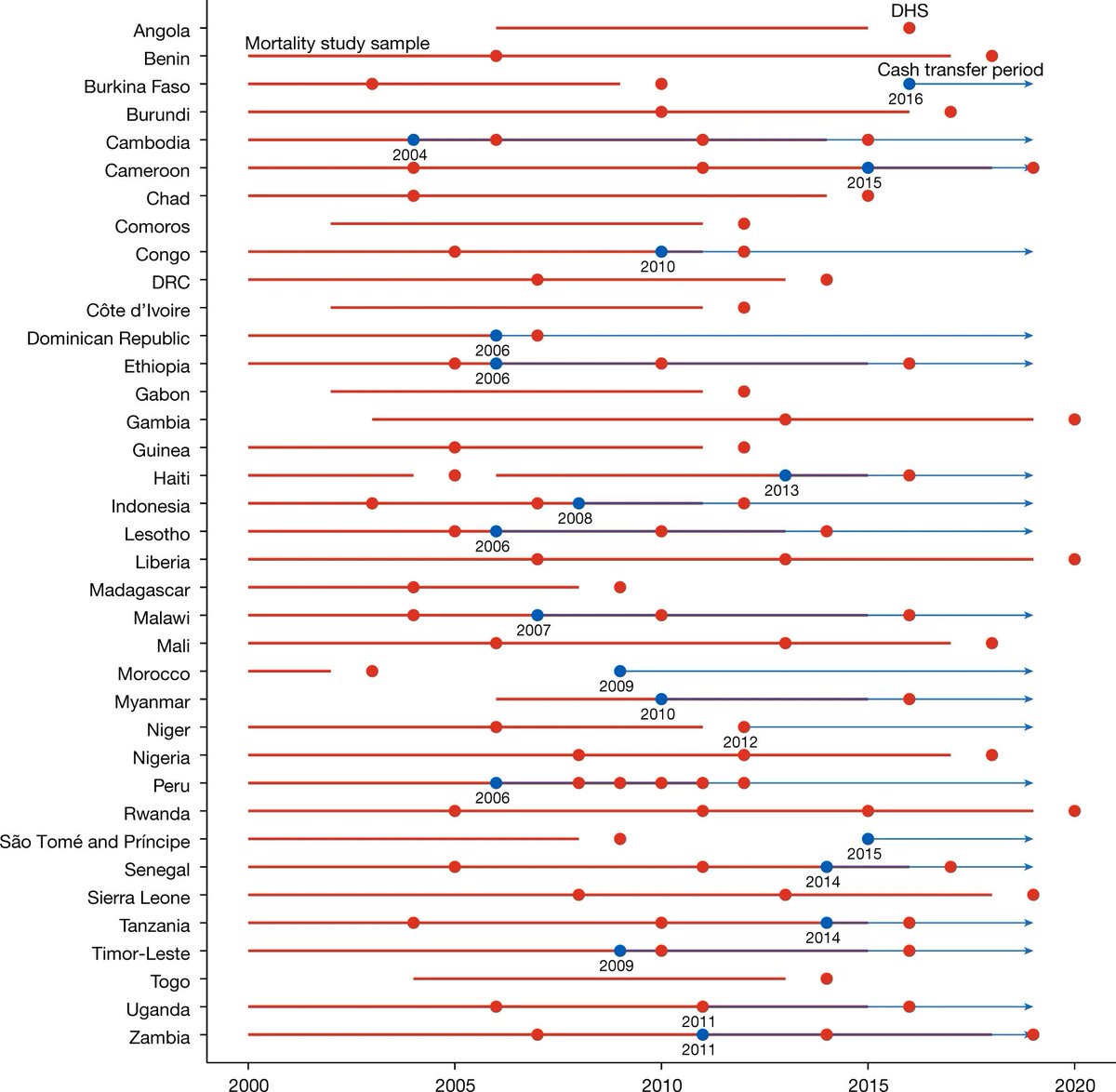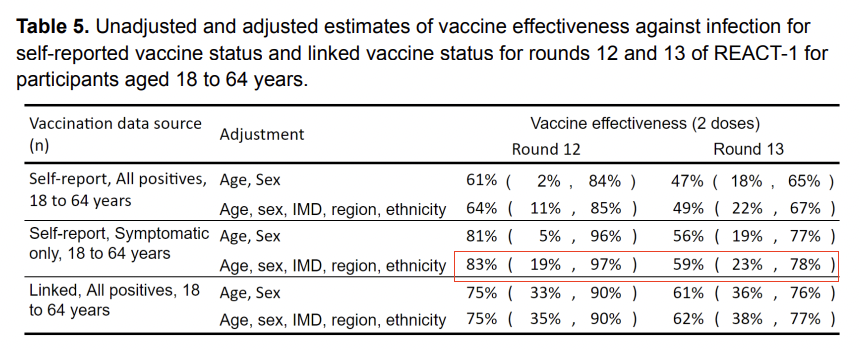Interesting poll. Selection/response bias aside, majority picked a low probability, but 40% still thought there was 10+% prob that vaccines will not substantially prevent transmission. This is why I have become convinced this concern is highly unlikely (borderline implausible) 🧵
https://twitter.com/AaronRichterman/status/1348492463229562880
1. Data from screening PCR at the time of the 2nd moderna mrna vaccine, showing reductions in asymptomatic PCR positivity. This is before the 2nd dose and if anything will underestimate effect. Will have additional confirmation from unblinding pcr and ab
https://twitter.com/JakeJohnsonMD/status/1348665305799811072?s=20
2. Data from AZ vaccine chadox study is a mess, but they did weekly PCR screening and points in the same direction.
thelancet.com/action/showPdf…
thelancet.com/action/showPdf…

3. We aren't reinventing immunology and need to consider our priors based on experience with other vaccine-preventable infections.
https://twitter.com/PaulSaxMD/status/1337149176832876544?s=20
3b. Another thread from @MonicaGandhi9 on this
https://twitter.com/MonicaGandhi9/status/1347988651179798530?s=20
3c. The interesting counterargument involves requirement of IgA for upper resp tract mucosal immunity (vs IgG to prevent LRT symptomatic disease). However, as @leela_davies points out, IgG-generating vaccines prevent transmission in other resp viruses
https://twitter.com/SanjatKanjilal/status/1348544271310331909?s=20
4. Even if we assume vaccines ONLY prevent symptomatic disease, turning all into asymptomatic infections, there is a solid body of evidence 👇 (inc systematic reviews from @mugecevik and @nicolamlow) that this alone would substantially reduce transmission
https://twitter.com/AaronRichterman/status/1340285330428182529?s=20
5. Based on this, I think the possibility that these vaccines don't meaningfully reduce transmission (to the point that populations can move back towards normal life in due course) is low enough that we should treat this as a mostly theoretical concern at this point.
6. An enduring lesson of this pandemic (& others) is the need to communicate uncertainty honestly (in both directions). Of course its reasonable to be careful, but lets not forget that this theoretical concern is being cited as a reason not to get the vax
https://twitter.com/AaronRichterman/status/1348494121019826178?s=20
7. implications of monoclonal post-exposure prophylaxis data on transmission
https://twitter.com/EricMeyerowitz/status/1354231883190722571?s=20
8. More on why reducing symptoms/severity w vaccines will probably reduce transmission
https://twitter.com/AaronRichterman/status/1351548094710652928?s=20
8a. (Aside - Good paper with biases to be mindful of when comparing secondary attack rates of symptom/asymptomatic in households (page 19). h/t @mugecevik)
dash.harvard.edu/handle/1/37366…
dash.harvard.edu/handle/1/37366…

9. Some more discussion on Moderna dose 2 testing
https://twitter.com/AaronRichterman/status/1350591945702318083
10. Implications from regular pcr monitoring after natural infection. Less infections, lower viral load, more asymptomatic. Will reduce transmission.
https://twitter.com/dylanhmorris/status/1357003968208121861
10a. That said, similar caveats as below re whether those were even all reinfections.
https://twitter.com/AaronRichterman/status/1355567294882131972
11. More data from the Oxford/az randomized clinical trial. Vaccinated ppl who developed infection had lower viral loads and were pcr+ for one week shorter time relative to placebo. True for both asymptomatic and symptomatic cases. =>reduced transmission
papers.ssrn.com/sol3/papers.cf…

papers.ssrn.com/sol3/papers.cf…


12a. And real world data from Israel. Interesting analysis inferring vaccine status by age and following cycle thresholds over time, suggesting lower VL in vaccinees w infection. Cool time series. Caveat: unclear what symptom status is but assume mostly symptom prompted testing.
https://twitter.com/erlichya/status/1358477762495930368
12b. Here are the pre-prints from the two real-world Israel studies of time series w viral load reduction after mrna vaccination. Some limitations including unknown symptom status, but suggestive.
medrxiv.org/content/10.110…
medrxiv.org/content/10.110…

medrxiv.org/content/10.110…
medrxiv.org/content/10.110…


13. Nice study of healthcare workers after Pfizer vaccine with regular PCR screening every 2 weeks. They found 70% reduction in all infections (asx or sx) dose1+3wks, 85% dose2+1wk. May be overestimated if vaccine ⬇️ duration of pcr+, but expect large transmission ⬇️ 

13a. Link for that last study: papers.ssrn.com/sol3/papers.cf…
14. 75% protection against asymptomatic seroconversion in J&J vaccine trial.
https://twitter.com/AaronRichterman/status/1364575515978440708
14a. Important for those worried about b1.351. While this prelim analysis of asymptomatic infection after j&j is based on 29% completed serology data, most of the serologies from South Africa had been done. 

15. No posted pre print yet but if this holds we now have 3 lines of evidence suggesting 85-90% reduction in all infections by the mrna vaccines (moderna RCT, Pfizer UK regular screening healthcare workers, 👇🏻 Israel regular screening).
H/t @EricMeyerowitz
H/t @EricMeyerowitz
https://twitter.com/segal_eran/status/1365263943229452289
15a. There is a little separation in the first few days so will need to see what kind of adjustment has been made here.
16. On interpreting cross-sectional pcr during vaccine trials (i.e. moderna asymptomatic swabs at the time of dose 2)


https://twitter.com/mlipsitch/status/1366172405119541250?s=20


17. Another study with regular (weekly) asymptomatic screening of hcw finds large reduction in pcr+ after Pfizer vaccine. The case for a large transmission reduction w vaccine seems closed at this point but will keep collecting these for now.
authorea.com/users/332778/a…
authorea.com/users/332778/a…
17a. At least until these stop coming on a daily basis...
nytimes.com/live/2021/03/0…
google.com/amp/s/www.wire…
nytimes.com/live/2021/03/0…
google.com/amp/s/www.wire…
• • •
Missing some Tweet in this thread? You can try to
force a refresh















